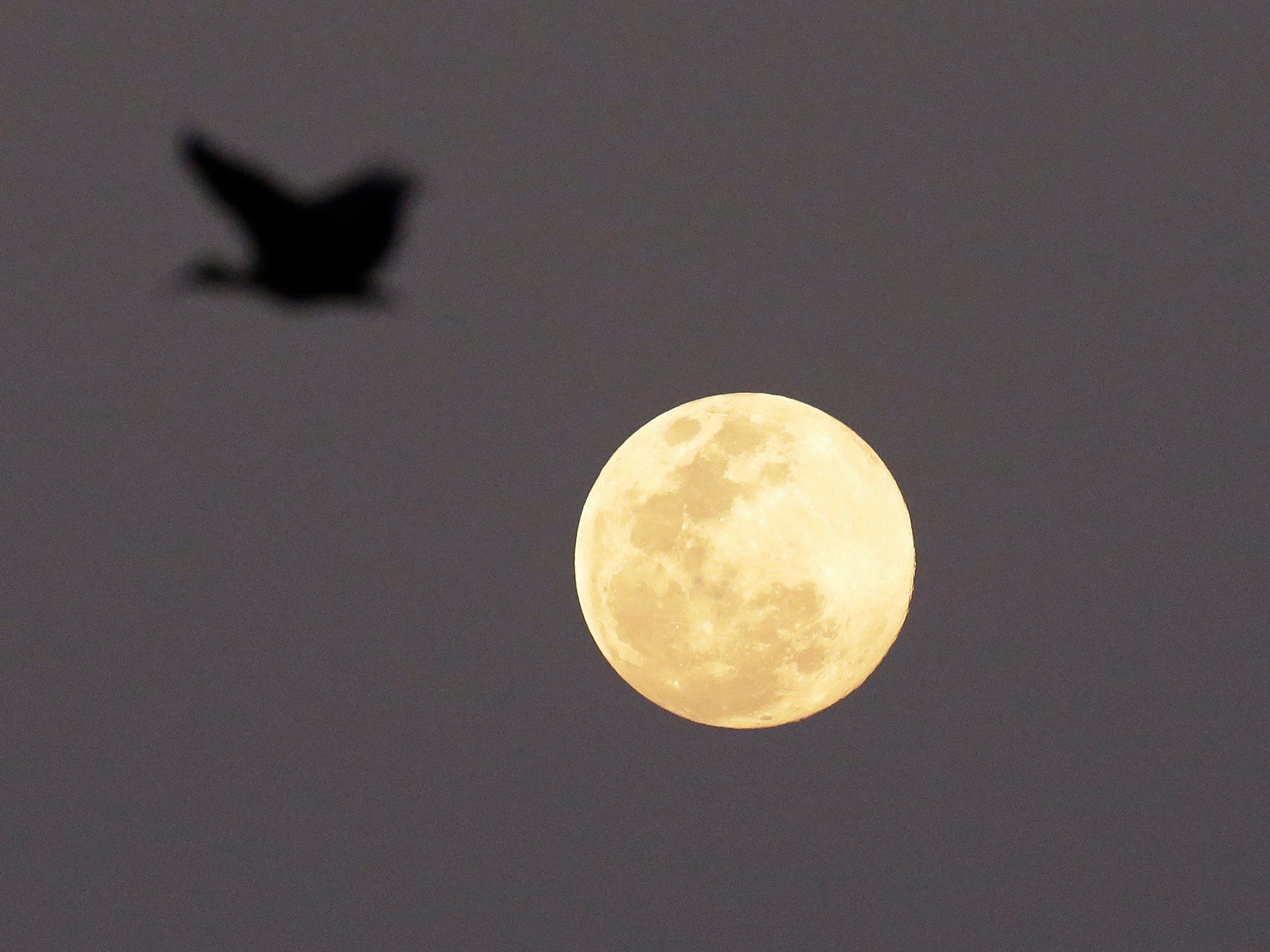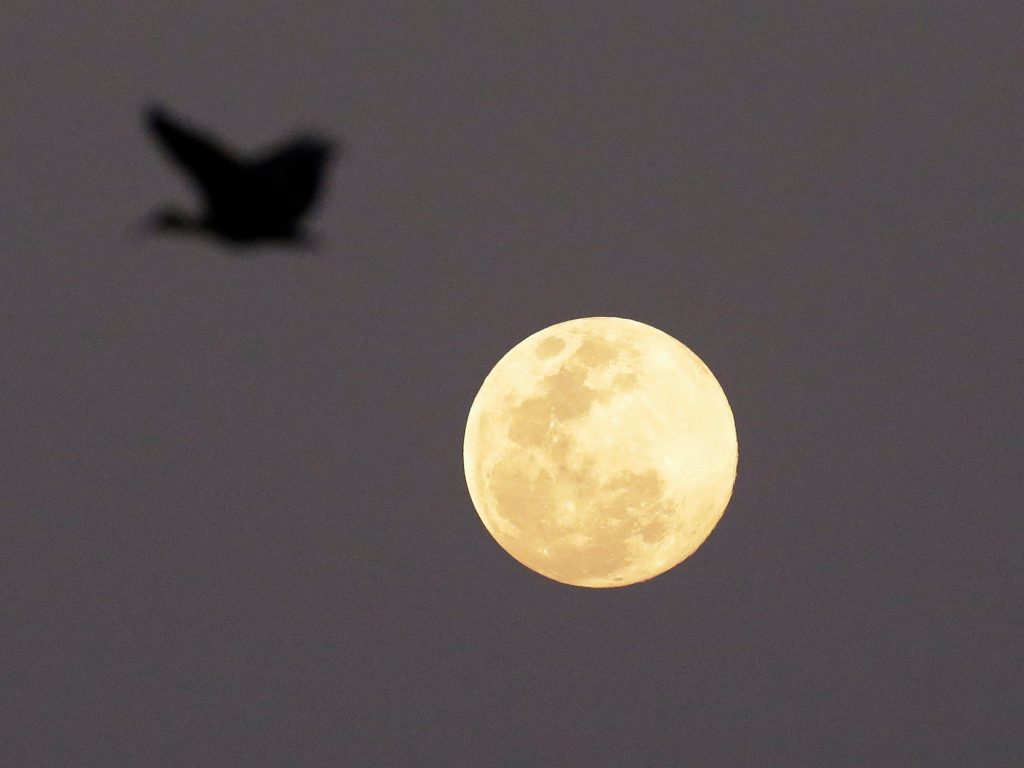
AP Photo/Themba Hadebe
- Onlookers will be able to see the harvest moon at its peak Monday evening at 7:55 p.m. EST.
- The fall equinox results in later sunrises and early nightfalls.
- The harvest moon provides farmers with extra moonlight to finish their harvests.
- Visit Insider's homepage for more stories.
A harvest moon will rise and reach its peak on September 20, just two days before the autumnal equinox that marks the first day of fall in the Northern Hemisphere.
Onlookers will be able to see the harvest moon at its peak Monday evening at 7:55 p.m. EST in the southeast just after sunset, after which the moon will appear full for about three days, according to NASA.
During the equinox, the sun crosses the celestial equator, resulting in later sunrises and earlier sunsets.
This full moon is unique because it rises at nearly the same time for several consecutive evenings, providing farmers extra moonlight to finish their harvests before fall brings cooler weather, according to the Old Farmer's Almanac.
Many Native American tribes used different names when referring to the moon phase, including falling leaves moon (Ojibwe), changing leaves moon (Anishinaabe), and moon of brown leaves (Lakota), according to centers for Native studies and Native cultural centers.
